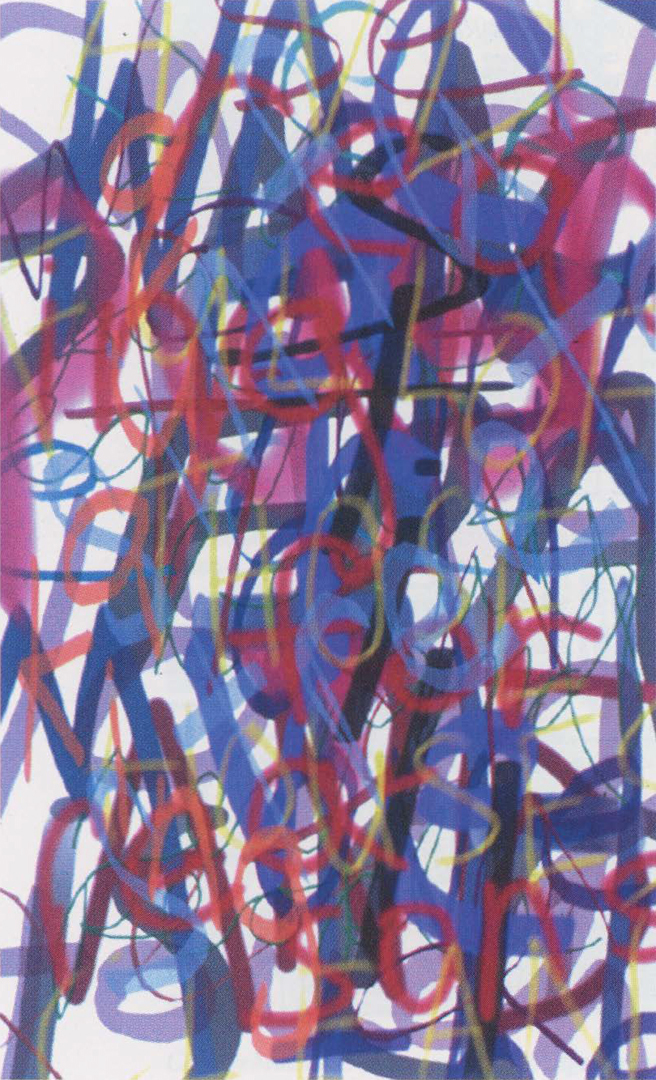Clay Debevoise: my language
Artist(s):
Title:
- my language
Exhibition:
Creation Year:
- 2000
Medium:
- Web Project
Category:
Keywords:
Artist Statement:
“my language” is a group of Web-based flash animations of densely layered, colorful words plus audio of the same words, with buttons allowing the person playing the animation to control the layers of words and corresponding audio.
What makes “my language” a language is that it uses words and offers people the ability to control its flow while they experience it. They cannot contribute words or sounds directly over the Web so the language remains mine; “my language” is a projective device providing virtual conversation.
All artworks may be understood as projective devices: objects and experiences in which audiences find themselves mirrored more or less specifically. Projective devices invoke peoples’ histories with color, human faces, or words, for example. The power of a projective device for art, learning, entertainment, or therapy is in its feeling real enough to its audience that members relate to and interact with it emotionally, intellectually, and/or spiritually. The Web, in addition to carrying rich media and allowing user interactions, holds projective power in its availability – whenever people choose to connect, wherever they may be, with an Internet connected browser. “my language” takes advantage of the Web and other projective expedients – common words used without confining narratives, and a recorded voice. With the ability to interrupt, select, and interpret my words, audience members are empowered to treat “my language” as their instrument. I hope you will experience a connection to and even ownership of the words, which become visible and are spoken in response to your actions. The sense of relationship to an author/creator may not disappear, but I hope you will experience the authorial presence as amorphous, unstable, or dissolved in your own presence.
Myriad virtual communications over the Web and elsewhere lay claim to us, from advertisements and political messages of all kinds, to interchanges with family members, friends, associates, and various strangers. “my language” has qualities in common with these, in addition to its own unique qualities and one important difference. Its title announces ownership, and no matter how enticing “my language” proves to be or how intently audience members project themselves into it, my voice resumes and rambles, in sound and image, often insistently. Working within and revealing limits of virtual communication (on the Web), “my language” provides a framework for interaction between the absent author and authorial audience. It is a massage with the message that shared language remains strictly personal.





